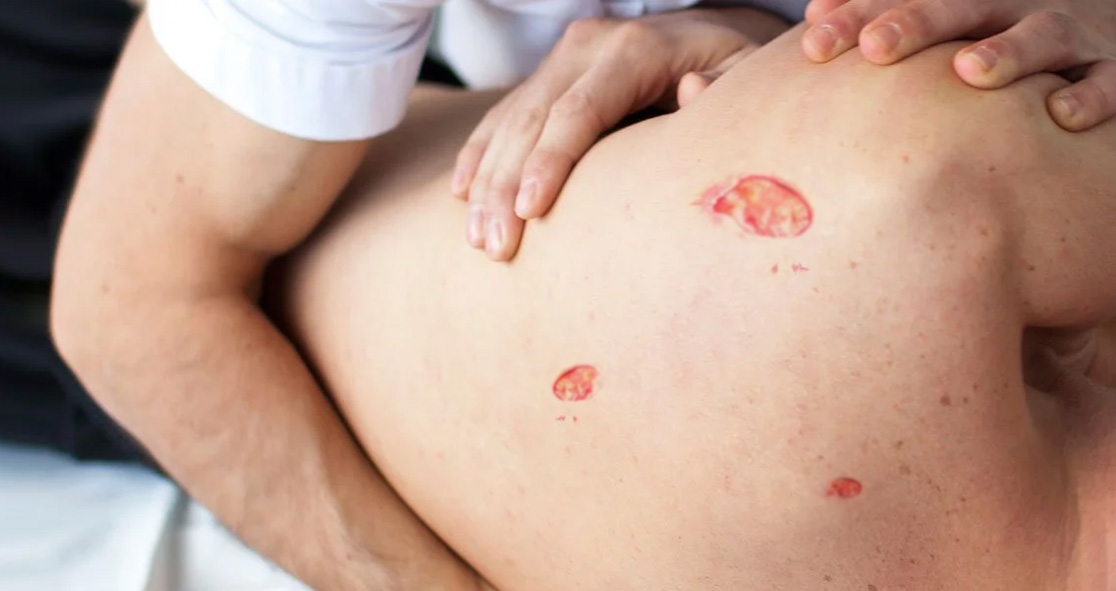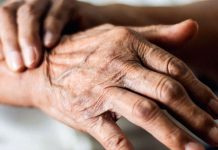Bedsores, also called pressure sores, are injuries that develop over several days, weeks, or months after prolonged pressure on the skin. You may see these types of sores in bedridden patients.
MedicineNet, a medical website that provides detailed information about diseases, conditions, medications and general health, says there is no single method to get rid of bedsores. In fact, it involves a combination of treatments.
First, it is important to removing pressure on the affected part by changing the sides or position frequently. “The patient should be encouraged to walk daily,” write MedicineNet. “If they are bedridden, a wheelchair can be used to move them around. They should avoid using doughnut cushions. Instead, using cushions or a special mattress will help relieve pressure.”
Second, it is imperative to keep the wound as clean as possible. MedicineNet says, “Cleaning the wound daily with sterile saline water and/or povidone-iodine solution helps prevent the development of bedsores.”
It also recommends performing debridement and dressing the wound regularly under the supervision of a doctor.
Furthermore, MedicineNet advises following a healthy diet and taking antibiotics if there is an infection.
The dedicated medical website also recommends using negative pressure wound therapy (NPWT), platelet-derived growth factors, such as Regranex (becaplermin), leech therapy, and skin grafting in severe cases.
It says people with diabetes, anemia, or any other medical conditions that cause pressure sore should undergo concomitant treatment of their underlying problems.
More importantly, MedicineNet recommends using home remedies, such as applying aloe vera gel.
Pressure sores often develop on skin that covers bony areas of the body, according to the health info website. So, the patient’s heels, ankles, hips, and tailbone must be inspected daily. If left untreated, bedsores can give rise to complications such as cellulitis, sepsis, bone and joint infections, and even cancer in some cases.






















